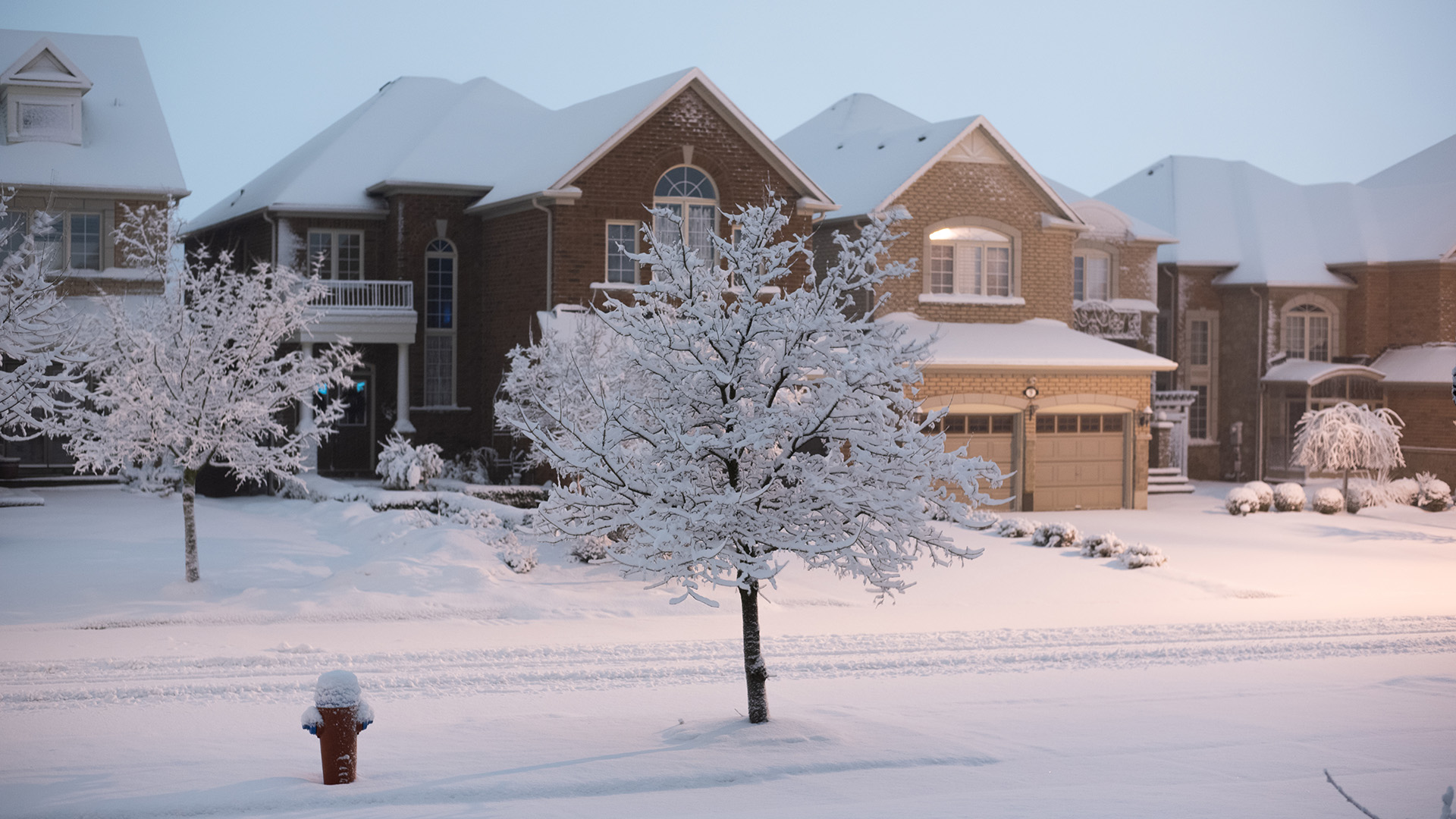As the winter season unfolds, it brings with it a picturesque landscape of ice and snow. However, beneath this serene beauty lies a potential threat to our arboreal companions. Winter weather, characterized by its ice, snow, cold temperatures, and drastic fluctuations, can inflict significant damage on trees. Often, the signs of such damage remain invisible until the spring, making it crucial for tree owners to understand and mitigate these risks proactively. Let’s explore the various ways winter weather can harm trees and offer guidance on how to safeguard them against “winter tree damage.”
Extremely Low Temperatures
Trees have species-specific tolerance ranges for temperature, with each type of tree adapted to survive within specific low and high-temperature thresholds. When temperatures plummet below a tree’s tolerance level, it can cause the water inside the cells to freeze, expanding and potentially rupturing cell walls. This internal damage can lead to visible symptoms like dieback or weakened structural integrity, which may not become apparent until the growing season resumes.
Fluctuating Temperatures
The recent weeks have exemplified the dramatic temperature shifts that can occur during winter, with fluctuations from the -20s to 60 degrees Fahrenheit. These abrupt changes can be particularly devastating. Frost cracks occur when the sunny side of a tree warms up, causing the wood to expand, while the shaded side remains cold and contracted. This differential can split the trunk, creating an entry point for pathogens. Similarly, sunscald affects the bark when a rapid freeze follows a warm period, killing the active cells that have lost their cold hardiness. Limb cracks are also a common result of rapid temperature changes, weakening the tree’s overall structure.
Winter Burn
Evergreens, despite their name, are not immune to winter’s harsh effects. They continue to lose water through their needles throughout the season, a process exacerbated by winter winds and sun, which can lead to desiccation and needle damage or death. This phenomenon, known as winter burn, is most severe on the parts of the tree exposed to wind and sun, leading to browning or bleaching of the foliage.
Protecting Your Trees from Winter Damage
Understanding the threats posed by winter weather is the first step in protecting your trees. Here are some measures you can take to mitigate winter tree damage:
- Mulching: Apply a thick layer of mulch around the base of your trees to help regulate soil temperature and retain moisture.
- Wrapping: Protect young trees or thin-barked species from sunscald and frost cracks by wrapping their trunks with tree wraps or plastic guards during the winter months.
- Watering: Ensure your trees are well-watered in the fall before the ground freezes to prevent desiccation, especially for evergreens.
- Pruning: Remove any dead or weakened branches before winter to prevent damage from snow and ice accumulation.
Winter doesn’t have to spell disaster for your trees. With the right knowledge and care, you can help minimize winter tree damage and ensure your trees emerge in spring healthy and strong. Remember, the resilience of your trees through winter contributes to a healthier, more vibrant landscape year-round.

